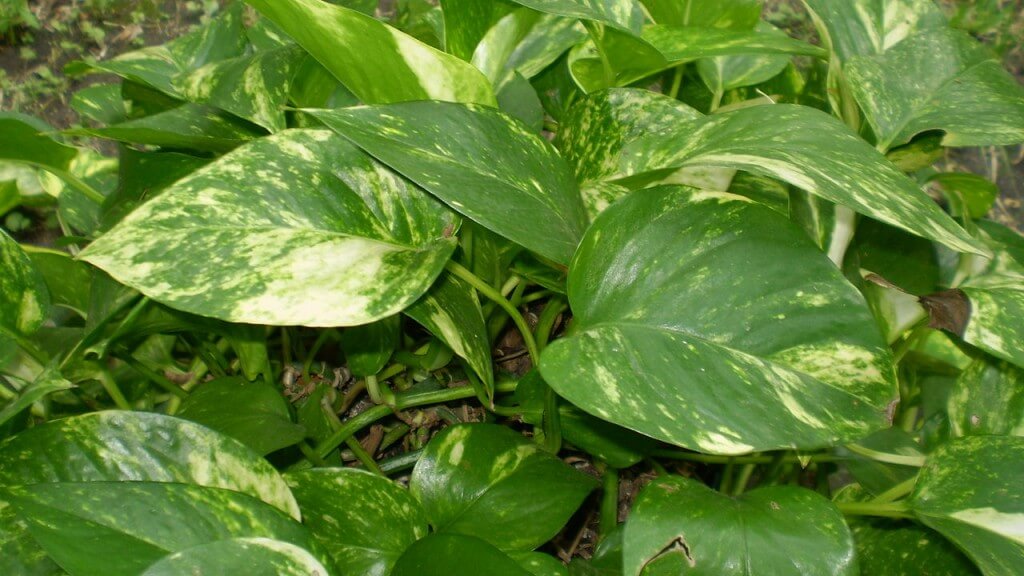
Watering—yes you are going to have to water this plant, but the good news is that you don’t have to water the plant too diligently or too often. You want the soil to get moist but don’t over water it and let the plant sit in soggy soil. The goal is to use soil that drains well. Water the plant until it drains and then don’t water it again until the soil starts to dry out. You will know that you are over watering the plant if the leaves start to turn yellow. You will know that you are under watering the plant if the leaves start to turn brown or when they start to wilt.
Lighting—as previously mentioned, these plants grow best in indirect sunlight or in low light conditions. These plants are native to the jungle floor, below the ceiling of the jungle canopy, so they don’t need much light to survive. The plants will do just fine in an office or some other room lit only with artificial lighting. Exposure to direct sunlight will cause the leaves to spot or burn.
Fertilizer—plants that need less sunlight also need less fertilizer. However, you will probably want to fertilize your philodendron from time to time. Follow the directions that come with the fertilizer or plant food. Just remember, when mixing up the solution, weaker rather than stronger solutions are going to be best for this type of plant. Feed the plant less in the wintertime when the growth slows down and more in the summer time when it starts to grow again. The bigger the leaves on your philodendron the more important it is going to be for you to use a nitrogen fertilizer. If you use too much fertilizer, your leaves will turn brown and fall off.
Propagation—most species of philodendron are easy to propagate. If you are trying to propagate a climbing plant, cut off a portion of a vine that has a leaf or leaves on it. Place the vine in a glass of water and watch the roots grow. Once the roots are a half of an inch long or longer, the plant is ready for potting. Place the vine with the roots in the soil and keep the leaves above the soil. Treat the new plant with plenty of TLC for the first couple of weeks or months until new leaves start to form.
Temperature—philodendrons are jungle plants that require temperate conditions. These plants do best in temperatures above 65 degrees. However, they will not die in temperatures of 55 degrees and can handle brief cold periods as long as they don’t involve frost or freezing. In general, the philodendron is an outdoor plant that is adaptive to temperature variations but it does best in warm, moist environments. The optimal environment for a philodendron would be a seventy-degree room with indirect but natural sunlight and a humidity of about 60%.
Grooming—finally, you should take care to wipe down the leaves of your plant from time to time. Household dust clogs the pores of the leaves and will eventually stunt the growth of your plant. Keep your philodendron looking and feeling great by dusting the leaves every once in a while.